David Mastio: No, Mr. Trump, Canada is not an 'emergency,' nor are the others you have authorized
Published in Op Eds
We all know an emergency when we see one — in our personal lives, it can be a car accident or a sudden illness. Emergencies happen to nations as well: Earthquakes and hurricanes, invasions and pandemics — they’re easy to recognize.
If you’re president, though, all bets are off. Congress gave presidents power to act in emergencies and intended them as a rare and temporary tool — a constitutional safety valve to address threats to national security or stability.
In recent years, Presidents Barack Obama, Donald Trump and Joe Biden have wielded this authority in ways that blur the line between genuine emergencies and political expediency, expanding executive power at the expense of democratic checks and balances. We now have more than 40 ongoing emergencies, with some lasting decades. Trump alone has declared six since Jan. 20 this year.
From Obama’s creeping expansions of presidential powers to Trump’s Mexico wall and Biden’s student loan forgiveness gambit, the abuse of emergency declarations has set a dangerous course for the presidency.
Now, Trump has invoked emergency power — he says aimed at curbing deadly fentanyl imports that until recently claimed more than 100,000 American lives a year — to impose tariffs on American allies and neighbors, countries such as Canada and Mexico that used to be referred to as friends. The economic consequences could be stark, including a recession in the United States and likely among our trading partners.
The concept of emergency powers is rooted in necessity. The Constitution grants the president flexibility to act swiftly in times of war, natural disaster, or acute national peril, but it assumes Congress will reassert its authority once the crisis subsides. History offers examples such as Lincoln’s Civil War measures or FDR’s Depression-era actions — exceptional moments when extraordinary steps were understandable even if they bent or broke the law.
But today’s emergencies often feel less like unforeseen calamities and more like convenient justifications for policies that couldn’t survive legislative scrutiny.
This shift didn’t happen overnight. It’s a trend that has accelerated across administrations, each building on the last.
Obama’s justification
Obama’s tenure laid subtle but significant groundwork. His administration leaned on existing emergency declarations, notably the post-9/11 national emergency, to justify a range of actions years after the initial crisis. One striking example came with the Heroes Act of 2003, a law designed to ease student loan burdens during wartime or national emergencies.
Obama invoked this authority multiple times to tweak repayment terms, setting a precedent for using a decades-old emergency to address chronic, non-urgent issues like student debt. While these moves were modest compared to what followed, they normalized the idea that emergencies could be evergreen — sustained long past their expiration date to serve unrelated policy goals.
Trump took this elasticity to new heights, wielding emergency powers with a boldness that alarmed critics and thrilled supporters. His most audacious move came in 2019, when he declared a national emergency at the southern border to fund his signature border wall. Congress had repeatedly denied the full funding Trump sought, so he turned to the National Emergencies Act, tapping military construction funds to bypass legislative opposition.
The crisis, he argued, was an “invasion” of immigrants — a claim that stretched the definition of emergency beyond any immediate, unforeseeable threat. Mexicans and Central Americans had been crossing that border in large numbers for decades.
Biden’s crisis?
Biden, in turn, pushed the envelope further, using emergency authority to tackle a domestic policy issue far removed from traditional notions of crisis. In 2022, Biden invoked the Heroes Act — the same law Obama stretched — to forgive up to $20,000 in student loan debt for millions of borrowers. The justification? The COVID-19 pandemic exacerbated economic hardship. Yet by the time Biden acted, the acute phase of the pandemic had waned, and student debt — a decades-old problem — hardly qualified as a sudden hardship.
The move was obviously an overreach, sidestepping Congress’ power of the purse to enact a policy that lawmakers had failed to pass. To put the overreach in perspective. During Trump 1.0, Trump reprogrammed $8 billion for his wall. Biden proposed to forgive 50 times that much.
The Supreme Court shut him down, rejecting the plan in 2023, but not before Biden’s move cemented a precedent: Emergencies could justify sweeping, permanent interventions in the economy, even absent legislative consent. In the end, despite the Supreme Court decision, Biden forgave more than $100 billion in loans.
What unites these examples — Obama’s quiet expansions, Trump’s border and trade gambits, and Biden’s loan forgiveness — is a shared willingness to redefine “emergency” as “anything I can’t get through Congress.” Each president has built on the last, resulting in a slow erosion of the separation of powers, with Congress increasingly acting as a bystander, though this week some Republicans are trying to muster the courage to buck Trump on the Canada tariffs.
Emergency powers, once activated, unlock a trove of statutory tools —150 by one count — that let presidents freeze assets, redirect funds, or reshape policy without oversight. And they can last for decades. We still have one from Jimmy Carter’s administration.
If Trump’s abuses continue, they won’t be the last. Progressives will push the next Democratic president to use Biden’s student loan push as a model to declare emergencies for climate change or gun control, hinting at a future where every ideological priority becomes an “emergency.”
This isn’t what the founders envisioned. Emergency authority was meant to be a temporary measure, not a governing philosophy.
_____
©2025 The Charlotte Observer. Visit charlotteobserver.com. Distributed by Tribune Content Agency, LLC.





























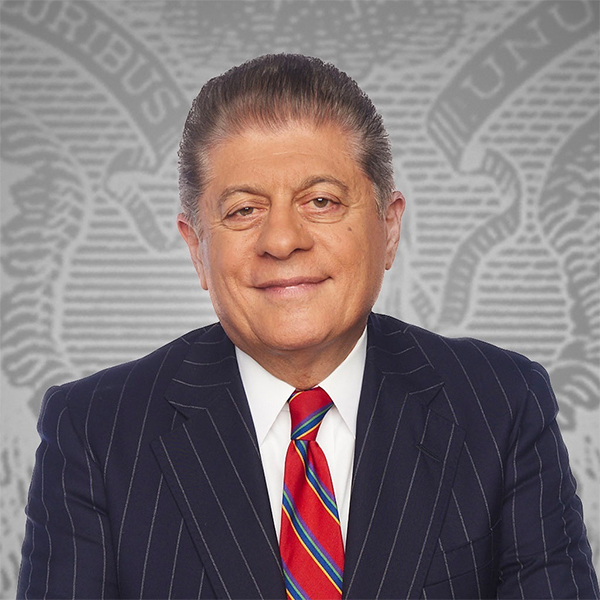



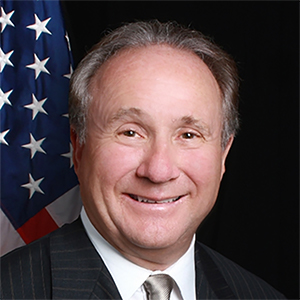

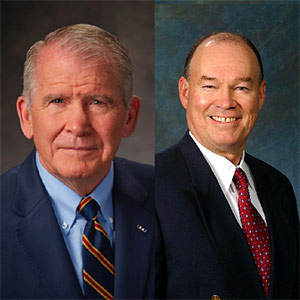



















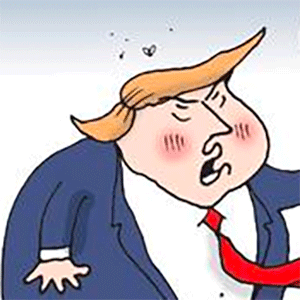


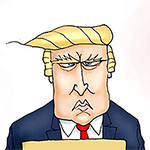

Comments